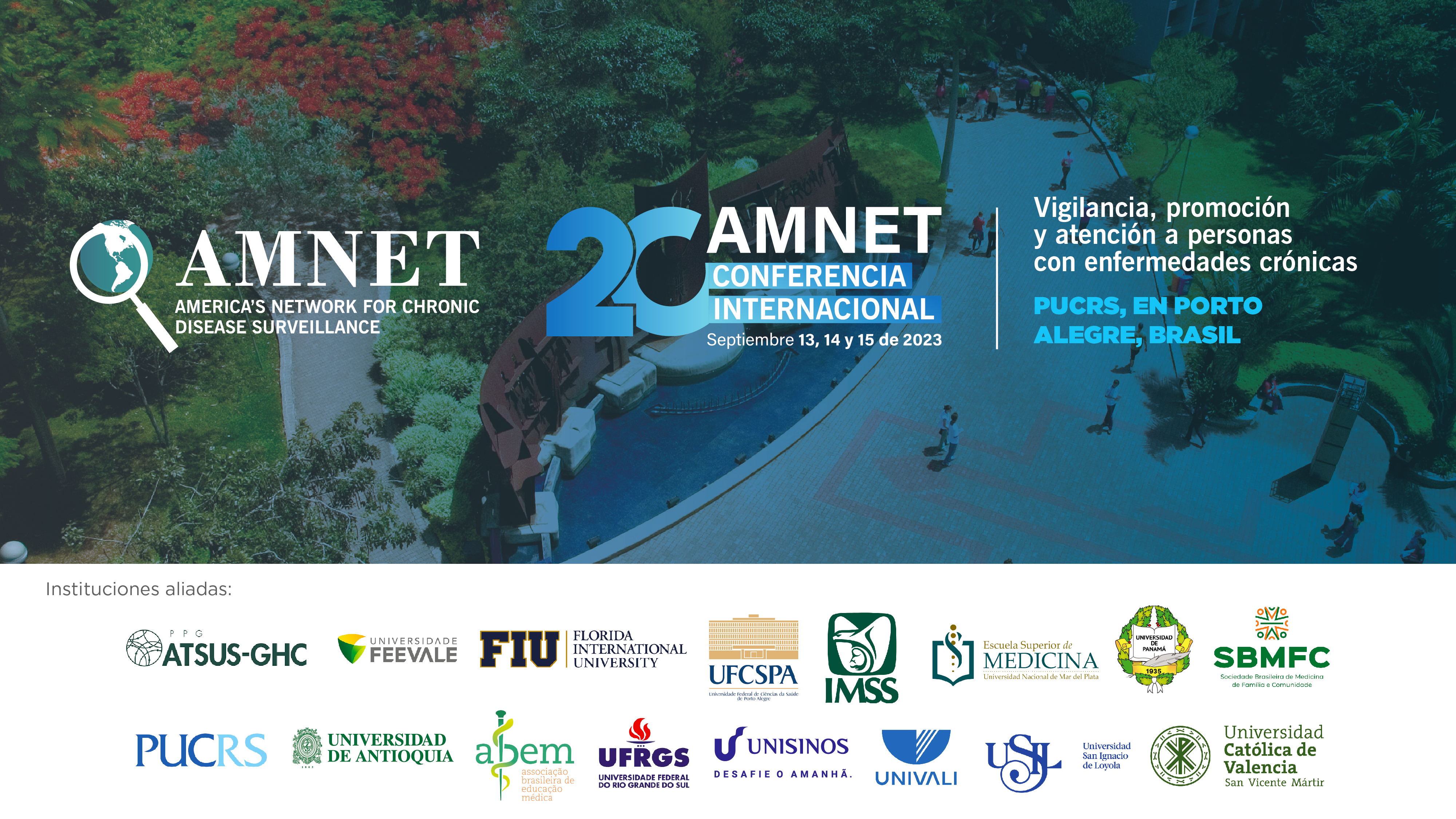Streaming Media
Start Date
14-9-2023 5:20 PM
End Date
14-9-2023 5:30 PM
Description
This is a Brazilian nationwide analysis of the burden of type 2 diabetes mellitus along the 26 states and federal district, between 1990 up to 2019. In summary, through spatiotemporal Gaussian regression methods, we estimated the attributable share of T2DM for prevalence, deaths, DALYs, YLLs and YLDs in Brazilian population. Moreover, we sought to investigate the behavior of top risk factors for T2DM and the attributable impact in burden of disease outcomes accordingly. We also investigated whether the geolocation and time, as well as the socio demographic index, would have any ecological relationship with different levels of disease and risk factors impact. In summary, our major conclusion is that, regardless of any trend pattern overtime, states out of the South/Southeast region in Brazil are more prone to higher burden of diseases attributable to T2DM. Given the ecological pattern with the SDI, it is fair to speculate that socio-economic structural and fundamental matters may be associated with burden of disease pattern (i.e., as high as the SDI, lower is the attributable burden of disease). Top risk factors such high-fasting plasma glucose or physical inactivity may be targeted by policy makers as a potential primary prevention strategy. Our understanding of this ecological analysis is that even though the HTA improvements achieved over 1990 to 2019, population-oriented health care strategies can emphasize socio determinants of health together with the patient-level care, targeting risk factors of relevance.
Oral presentation - five net slides
Included in
Community Health and Preventive Medicine Commons, Endocrinology, Diabetes, and Metabolism Commons, Epidemiology Commons, Other Public Health Commons
Type 2 diabetes mellitus burden of disease in Brazil between 1990 to 2019: a nationwide descriptive analysis of the Global Burden of Disease Study 2019
This is a Brazilian nationwide analysis of the burden of type 2 diabetes mellitus along the 26 states and federal district, between 1990 up to 2019. In summary, through spatiotemporal Gaussian regression methods, we estimated the attributable share of T2DM for prevalence, deaths, DALYs, YLLs and YLDs in Brazilian population. Moreover, we sought to investigate the behavior of top risk factors for T2DM and the attributable impact in burden of disease outcomes accordingly. We also investigated whether the geolocation and time, as well as the socio demographic index, would have any ecological relationship with different levels of disease and risk factors impact. In summary, our major conclusion is that, regardless of any trend pattern overtime, states out of the South/Southeast region in Brazil are more prone to higher burden of diseases attributable to T2DM. Given the ecological pattern with the SDI, it is fair to speculate that socio-economic structural and fundamental matters may be associated with burden of disease pattern (i.e., as high as the SDI, lower is the attributable burden of disease). Top risk factors such high-fasting plasma glucose or physical inactivity may be targeted by policy makers as a potential primary prevention strategy. Our understanding of this ecological analysis is that even though the HTA improvements achieved over 1990 to 2019, population-oriented health care strategies can emphasize socio determinants of health together with the patient-level care, targeting risk factors of relevance.


